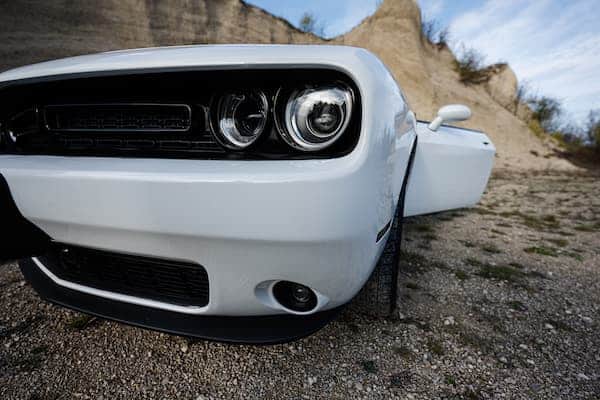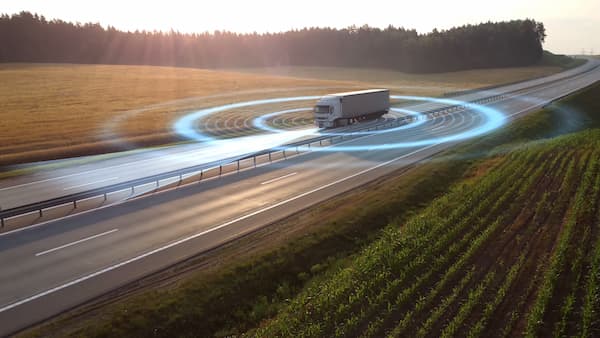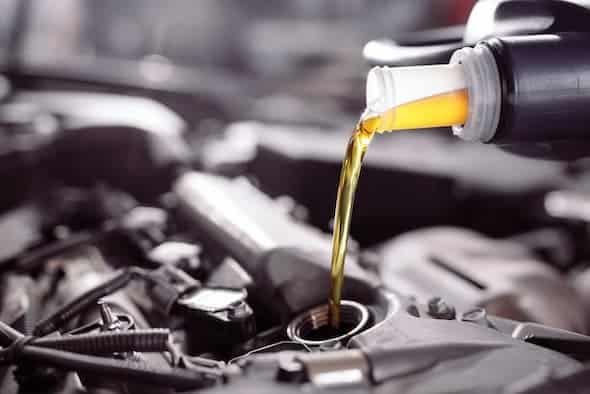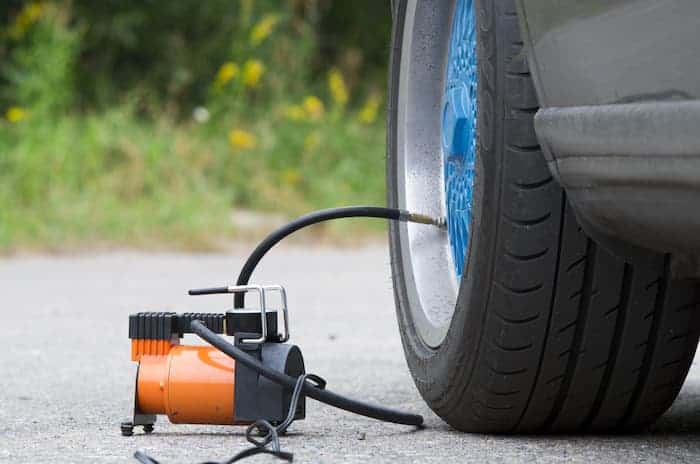If you’re a car enthusiast or simply curious about the different aspects of vehicles, you might have wondered, “What is a car bumper?” Car bumpers play a crucial role in safeguarding vehicles and their occupants. In this article, we’ll explore the purpose of car bumpers, the materials used in their construction, how they protect vehicles, common issues associated with them, and more.
Table of Contents
Toggle- The Purpose of a Car Bumper
- How Car Bumpers Protect Vehicles
- Regulations and Safety Standards
- Common Issues with Car Bumpers
- Car Bumper Repair and Maintenance
- How to Choose the Right Car Bumper
- Car Bumpers and Aesthetics
- Car Bumpers and Insurance
- Conclusion
- Do all cars have bumpers?
- Can I replace my car's bumper myself?
- What should I do if my bumper is damaged in an accident?
- Are aftermarket bumpers as effective as factory-installed bumpers?
- Can car bumpers be recycled?
The Purpose of a Car Bumper
Car bumpers are designed to absorb and redistribute impact energy during collisions. Their primary function is to minimize the damage to the vehicle’s structure and protect the occupants from potential injuries. Bumpers act as a barrier between the car’s body and the external environment, absorbing the force of a collision and reducing the impact on vital components.
Types of Car Bumpers

Car bumpers come in various types, each with its own unique characteristics and design. Some of the common types include:
-
- Standard Bumpers: These are the factory-installed bumpers that come with most vehicles. They are designed to meet general safety standards and provide basic protection.
-
- High-Performance Bumpers: These are aftermarket bumpers designed for specific vehicle models. They offer enhanced durability and can withstand greater impacts compared to standard bumpers.
-
- Off-Road Bumpers: Off-road vehicles often feature specialized bumpers designed to withstand rugged terrains and protect the vehicle’s front and rear from obstacles.
-
- Steel Bumpers: Steel bumpers provide excellent strength and durability. They are popular among off-road enthusiasts and offer enhanced protection in various driving conditions.
Materials Used in Car Bumpers
Car bumpers can be made from different materials, each offering its own set of advantages and disadvantages. Some commonly used materials include:
-
- Plastic: Most modern car bumpers are made from plastic or polymer materials due to their lightweight nature and ease of manufacturing. Plastic bumpers can effectively absorb impact energy and are relatively affordable to replace.
-
- Fiberglass: Fiberglass bumpers are known for their strength and flexibility. They are commonly used in high-performance vehicles and offer better resistance to dents and scratches.
-
- Carbon Fiber: Carbon fiber bumpers are lightweight yet extremely strong. They provide excellent protection and are often found in luxury and sports car models.
-
- Aluminum: Aluminum bumpers are lightweight and resistant to corrosion. They are commonly used in off-road vehicles due to their durability and ability to withstand harsh conditions.
How Car Bumpers Protect Vehicles

Car bumpers protect vehicles and their occupants in several ways:
-
- Absorbing Impact Energy: When a vehicle collides with an object or another vehicle, the bumper absorbs a significant portion of the impact energy, reducing the force transferred to the rest of the car’s structure.
-
- Distributing Impact Forces: Bumpers are designed to distribute the impact forces across a wider area, minimizing the concentration of damage in one specific spot.
-
- Protecting Vital Components: Bumpers shield important components such as the engine, radiator, and headlights, from direct impact during collisions. By absorbing and dispersing the energy, they help prevent severe damage to these critical parts.
-
- Enhancing Pedestrian Safety: In addition to protecting the vehicle and occupants, car bumpers also play a role in pedestrian safety. They are designed to be impact-absorbing, reducing the severity of injuries in case of accidents involving pedestrians.
Regulations and Safety Standards
Car bumpers are subject to regulations and safety standards imposed by government authorities and automotive organizations. These standards ensure that bumpers meet minimum requirements for impact resistance, height, and compatibility with other vehicles. By adhering to these regulations, car manufacturers ensure that their vehicles provide a certain level of safety in the event of a collision.
Common Issues with Car Bumpers

While car bumpers are built to withstand impact and protect vehicles, they can still experience issues over time. Some common problems associated with car bumpers include:
-
- Cracks and Scratches: Bumpers can develop cracks or scratches from minor accidents, parking lot incidents, or even normal wear and tear.
-
- Misalignment: Improper installation or collisions can cause bumpers to become misaligned, affecting their ability to provide adequate protection.
-
- Fading and Discoloration: Exposure to sunlight and harsh weather conditions can cause bumpers to fade or change color over time.
-
- Structural Damage: Severe collisions can result in structural damage to the bumper, compromising its ability to absorb impact energy effectively.
Car Bumper Repair and Maintenance

When faced with bumper issues, it is essential to address them promptly. Here are some tips for car bumper repair and maintenance:
-
- Consult a Professional: If your car bumper has sustained significant damage, it’s best to consult a professional auto body shop for repairs. They have the expertise and tools to restore your bumper to its original condition.
-
- Regular Cleaning: Clean your bumper regularly using mild soap and water to remove dirt, grime, and debris. This helps prevent discoloration and keeps your bumper looking fresh.
-
- Avoid Harsh Chemicals: When cleaning your bumper, avoid using harsh chemicals or abrasive cleaners that can damage the bumper’s surface.
-
- Inspect for Damage: Regularly inspect your bumper for any cracks, scratches, or signs of misalignment. Addressing minor issues early can prevent further damage and costly repairs.
-
- Protective Coatings: Consider applying a protective coating or sealant to your bumper to enhance its durability and resistance to scratches.
How to Choose the Right Car Bumper
When selecting a new car bumper, consider the following factors:
-
- Compatibility: Ensure the bumper is compatible with your vehicle’s make, model, and year.
-
- Material: Choose a bumper made from a durable material that suits your needs and driving conditions.
-
- Safety Standards: Verify that the bumper meets the necessary safety standards and regulations.
-
- Aesthetics: Consider the visual appeal of the bumper and how it complements the overall design of your vehicle.
Car Bumpers and Aesthetics

Car bumpers not only serve a functional purpose but also contribute to the aesthetics of the vehicle. Automakers often design bumpers to blend seamlessly with the overall body design, enhancing the car’s visual appeal. Some car owners even opt for customized bumpers to give their vehicles a unique and personalized look.
Car Bumpers and Insurance
Car insurance coverage often includes protection for car bumpers. However, the extent of coverage may vary depending on the insurance policy. It’s crucial to review your insurance policy to understand the specific coverage provided for your car’s bumpers in case of damage or accidents.
Conclusion
car bumpers are crucial for vehicle safety, designed to absorb collision impacts, thereby protecting both the vehicle and its occupants. Various types of bumpers, such as standard, high-performance, and off-road, are made from diverse materials like plastic and carbon fiber, offering different levels of protection and aesthetics. These bumpers must adhere to safety standards and are essential for both physical protection and enhancing a car’s appearance. Regular maintenance is important to address common issues like cracks and misalignment. When choosing a bumper, considerations include compatibility, material, safety, and design. Insurance coverage for bumpers varies, so understanding your policy is important. Overall, car bumpers are a key aspect of vehicle safety and aesthetics in the automotive industry.
Do all cars have bumpers?
-
Yes, almost all cars are equipped with bumpers as a standard safety feature.
Can I replace my car's bumper myself?
While some minor repairs or replacements can be done by car owners, it is generally recommended to consult a professional for proper installation and safety.
What should I do if my bumper is damaged in an accident?
Contact your insurance company and a professional auto body shop to assess the damage and discuss repair options.
Are aftermarket bumpers as effective as factory-installed bumpers?
High-quality aftermarket bumpers designed for specific vehicle models can offer comparable protection to factory-installed bumpers, sometimes even exceeding their performance.
Can car bumpers be recycled?
Yes, many car bumpers are recyclable. Contact your local recycling center or automotive recycling facilities for proper disposal and recycling options.




